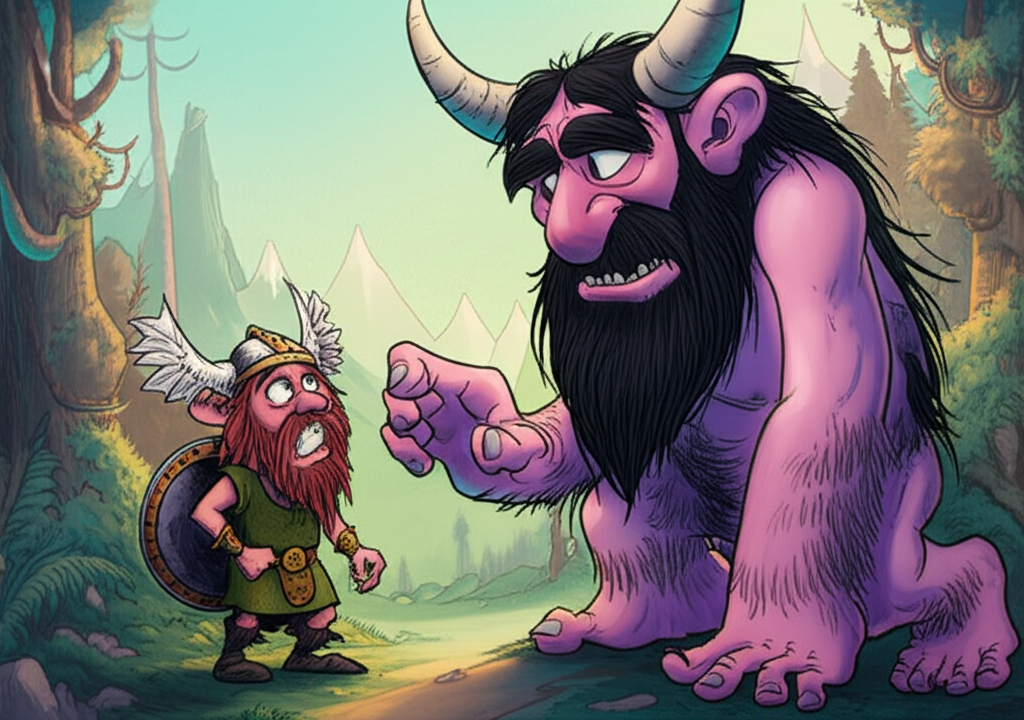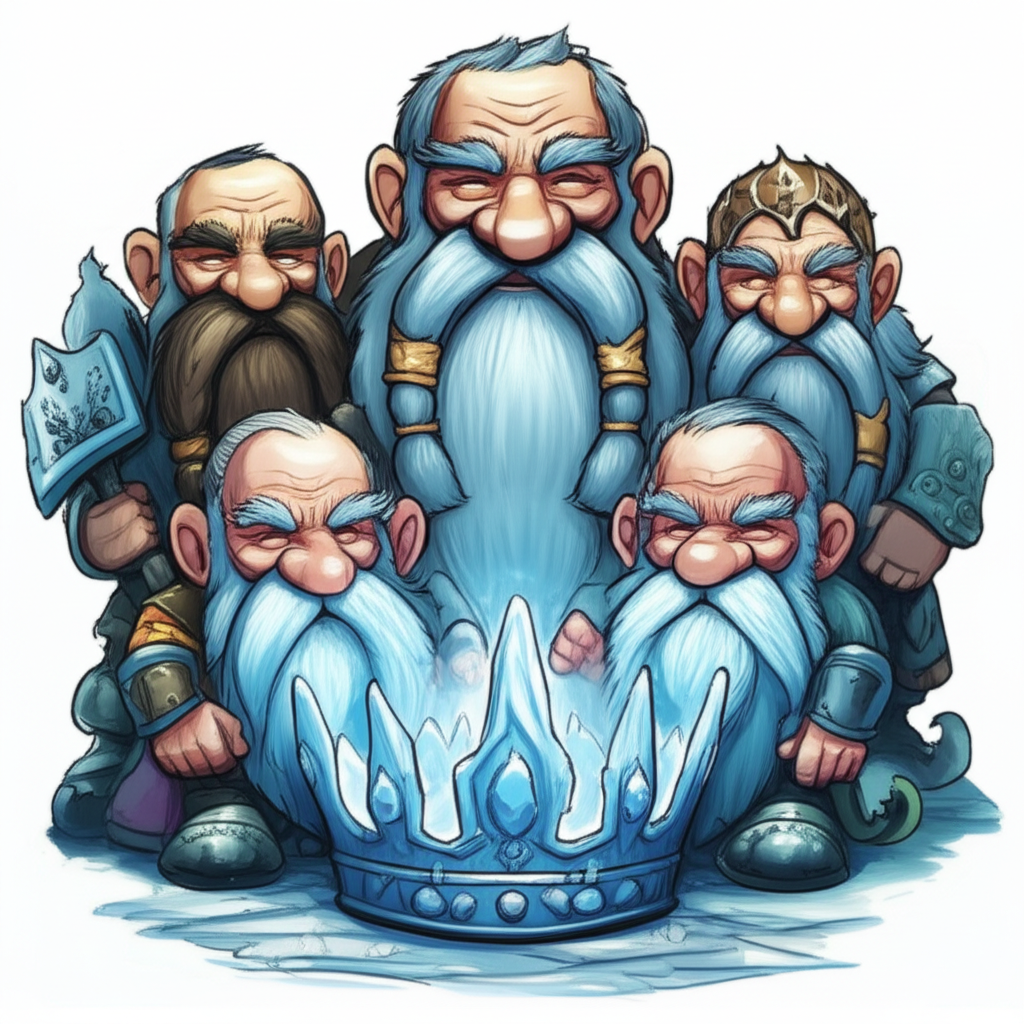The icy winds of the North, the stark beauty of fjords, and the deep, resonant sagas of ancient peoples – these are the cradles from which the tale of Baldr’s death and its aftermath emerged. This is a story, passed down through generations by the Norsemen, the Vikings who navigated the unforgiving seas and carved their existence from the rugged landscapes of Scandinavia. It is a traditional narrative, a tapestry woven from the threads of their understanding of the world, their fears, and their hopes, long before the advent of modern science and religious doctrines.
The cultural era in which these myths flourished, roughly from the 8th to the 11th centuries CE, was a time of formidable challenges. Life was often harsh, dictated by the seasons, the availability of resources, and the constant threat of conflict. The Norse worldview was deeply intertwined with nature. They perceived a cosmic order, often personified by powerful beings and forces, that governed the universe. The gods, the Aesir and Vanir, were not distant, ethereal entities but beings who intervened in mortal affairs, possessing both benevolent and wrathful aspects. Their world was a dynamic, often volatile place, where fate, or wyrd, played a significant role, and where the balance between order and chaos was a constant concern. This myth, therefore, reflects their attempts to comprehend the inexplicable, to find meaning in suffering, and to grapple with the inevitability of loss.
At the heart of this sorrowful saga lies Baldr, often described as the most beloved of the gods. He was the god of light, purity, and joy, his presence a radiant counterpoint to the often grim realities of the Norse cosmos. His beauty was said to be unparalleled, his wisdom profound, and his nature inherently good. He symbolized the ideals of peace, prosperity, and the gentle warmth of the sun. His very essence was often associated with the burgeoning life of spring, a stark contrast to the perpetual winter that loomed at the edges of their known world. He was the embodiment of what was cherished and vulnerable, the perfect fruit of a divine harvest.
The narrative of Baldr’s demise is a chilling testament to the insidious nature of malice. It begins with a series of dreams that plague Baldr, visions of his own death. His mother, the goddess Frigg, driven by maternal love, embarked on a quest to safeguard her son. She traversed the Nine Worlds, securing oaths from every conceivable entity – fire, water, stones, diseases, and even the smallest creatures – that they would not harm Baldr. This act of universal protection, however, contained a crucial oversight. She neglected to ask the humble mistletoe, a parasitic plant that grew on trees, considering it too insignificant to pose a threat.
Loki, the trickster god, a figure of cunning and chaos, discovered this singular omission. Consumed by envy and a deep-seated resentment towards Baldr’s perfection, Loki devised a cruel and elaborate plot. He fashioned a dart from the mistletoe, presenting it to the blind god Hodr, Baldr’s brother. Loki, feigning friendship, guided Hodr’s hand, telling him to cast the dart at Baldr, assuring him that it was merely a game and that nothing harmful could possibly occur. To everyone’s horror, the mistletoe, the one thing not sworn to protect Baldr, pierced his chest, and he fell, lifeless, to the ground.
The grief that enveloped Asgard, the realm of the gods, was immense and palpable. Baldr’s death was not merely the loss of a beloved deity; it was a profound disruption of the cosmic order, a chilling harbinger of the inevitable doom that awaited the gods themselves – Ragnarok. The gods attempted to retrieve Baldr from Helheim, the realm of the dead, ruled by the formidable goddess Hel. The condition for his return was that all beings in the universe weep for him. While the earth, the sky, and all living creatures shed tears of sorrow, a giantess named Thökk, whom many believed to be Loki in disguise, refused, uttering a single, chilling word: "Let Hel keep her own." And so, Baldr remained in the underworld, his light extinguished.
The death of Baldr was not simply a tragic event; it was laden with profound symbolism for the Norse people. Baldr represented the inherent goodness and fragility of life, the pure light that could be extinguished by the shadows of deceit and malice. His death foreshadowed the decline of the gods and the eventual destruction of their world. It served as a stark reminder that even in a realm of powerful beings, vulnerability existed, and that envy and betrayal could have devastating consequences. The mistletoe, a symbol of life and fertility in other traditions, became in this myth an instrument of death, highlighting the capricious and unpredictable nature of fate. The refusal of Thökk to weep underscored the presence of unrelenting negativity and the impossibility of universal redemption in a world teetering on the brink of chaos.
In the modern world, the myth of Baldr’s death continues to resonate, finding new life in various forms of media and academic study. It is a popular theme in fantasy literature, where Baldr’s story can inspire narratives of loss, betrayal, and the struggle against overwhelming darkness. In video games, elements of Norse mythology, including Baldr’s tragic fate, are often incorporated into storylines, exploring themes of heroism, sacrifice, and the cyclical nature of destruction and rebirth. Scholars of mythology and folklore continue to analyze the story, delving into its cultural context, its psychological implications, and its enduring impact on Western literature and art. It serves as a valuable lens through which to understand the worldview and values of ancient Norse societies.
It is crucial to reiterate that the story of Baldr’s death is a traditional narrative, a product of ancient imagination and cultural understanding. It is not a literal account of events nor does it represent a divine truth. As Muslims, we recognize that the sole Creator and Sustainer of all existence is Allah (SWT), the Almighty. We acknowledge that all power and dominion belong to Him alone.
Yet, even as we understand this as a story from a bygone era, there is value in exploring such cultural heritage. These ancient tales, born from the human need to understand the world and our place within it, speak to universal themes of love, loss, betrayal, and the enduring struggle between light and darkness. The myth of Baldr’s death, with its poignant portrayal of sorrow and the chilling shadow it cast, serves as a testament to the power of human imagination and the enduring tradition of storytelling, a way for us to connect with the past and reflect on the complexities of the human experience.





